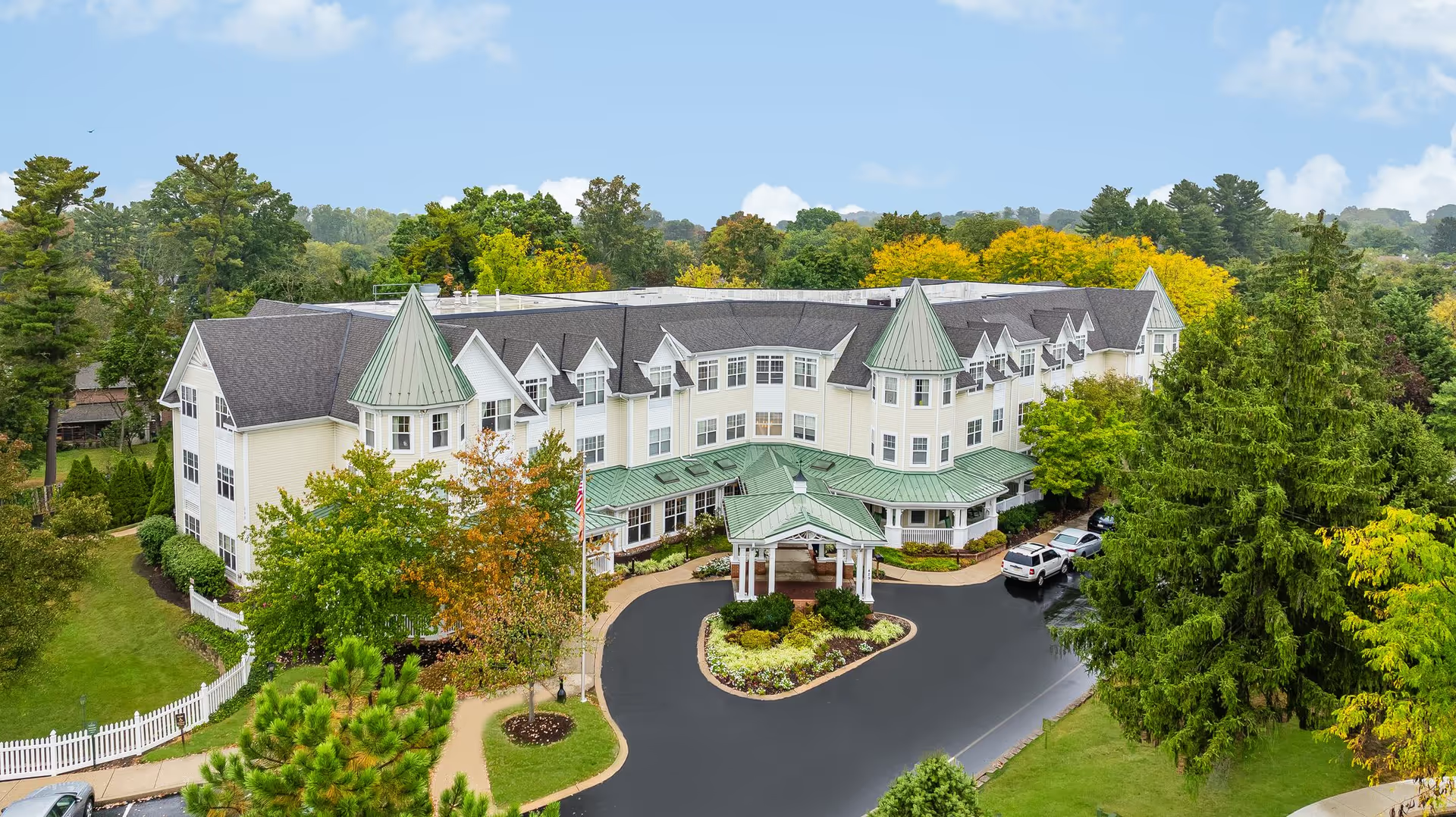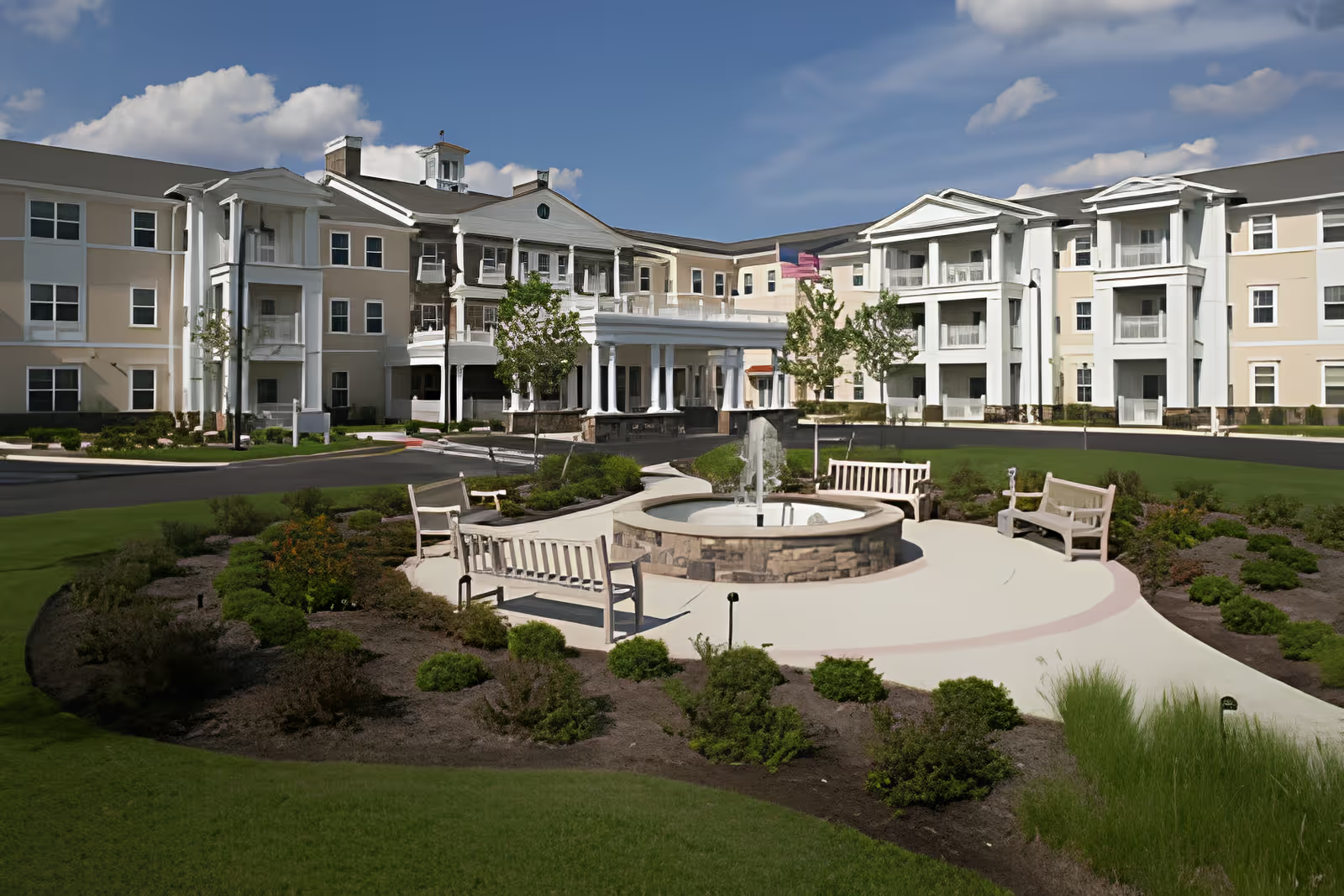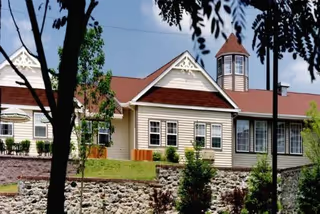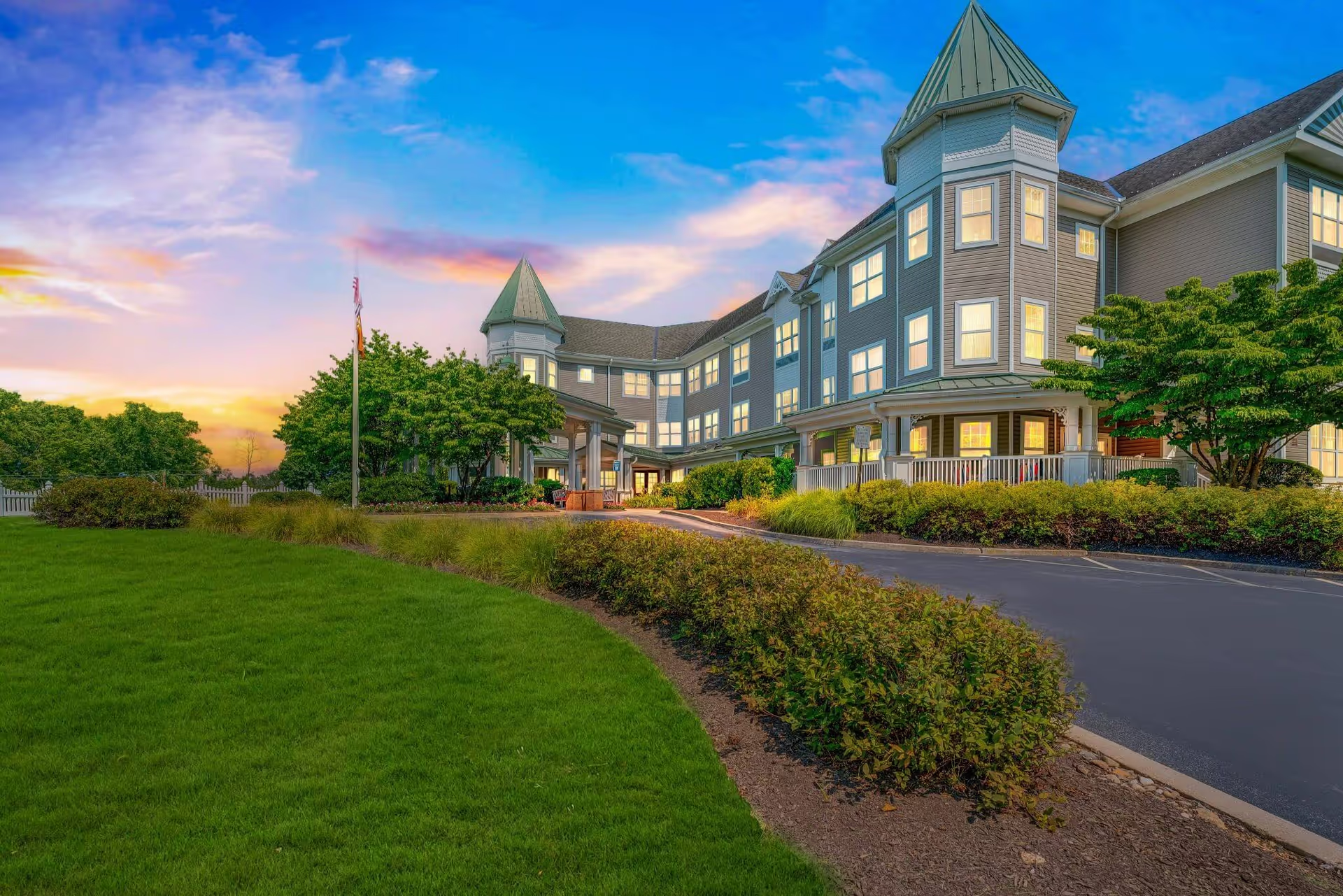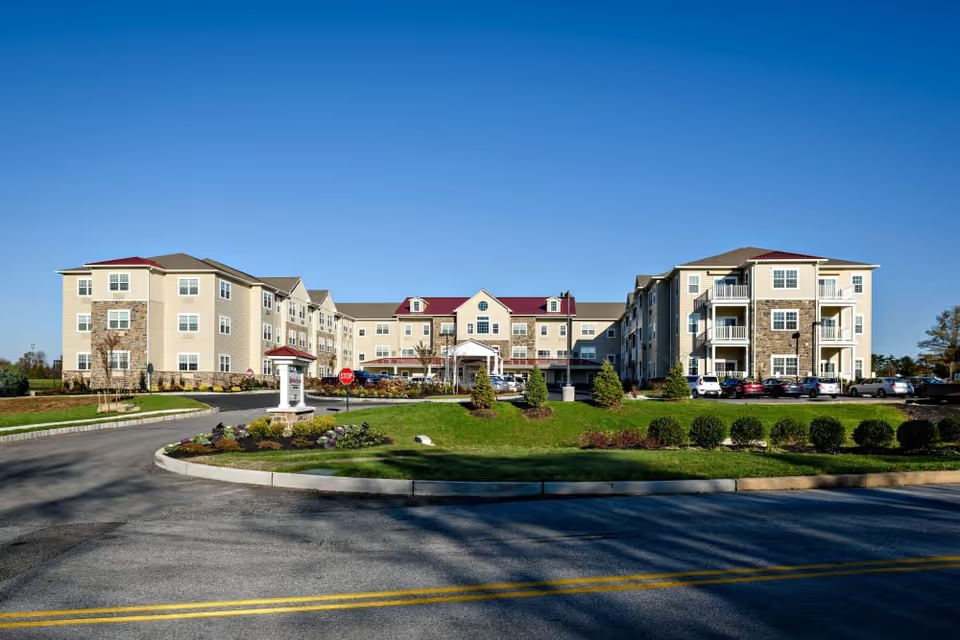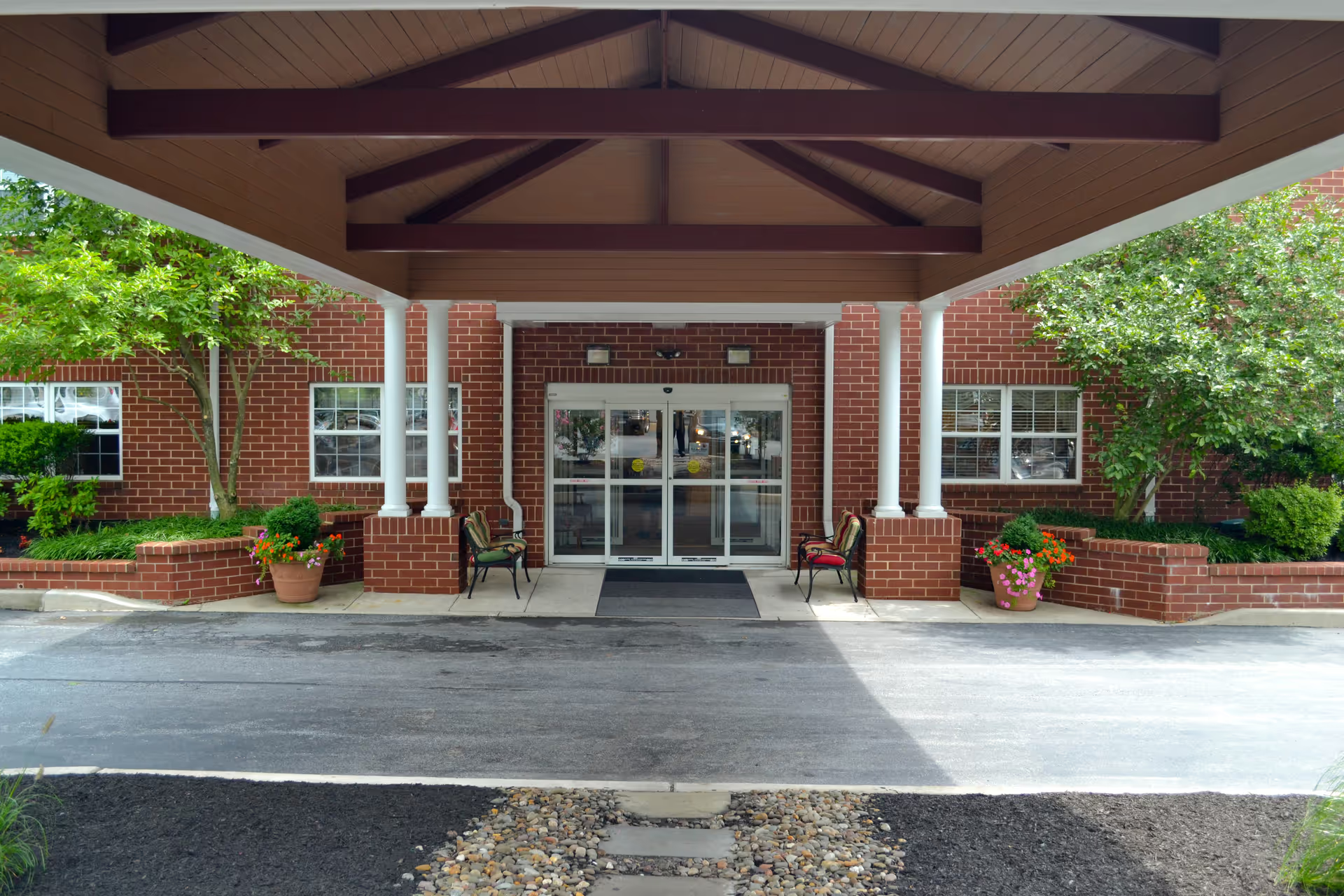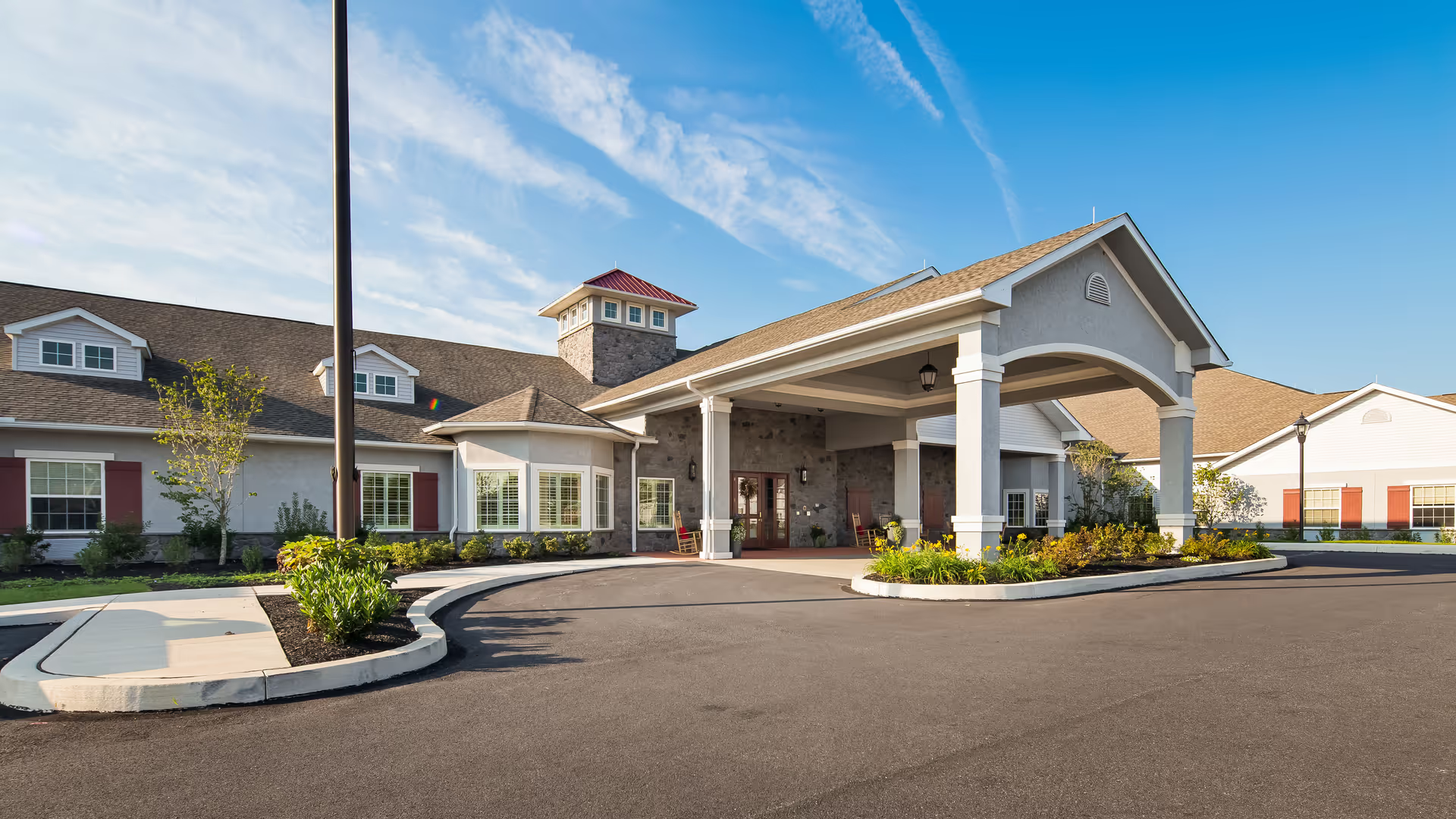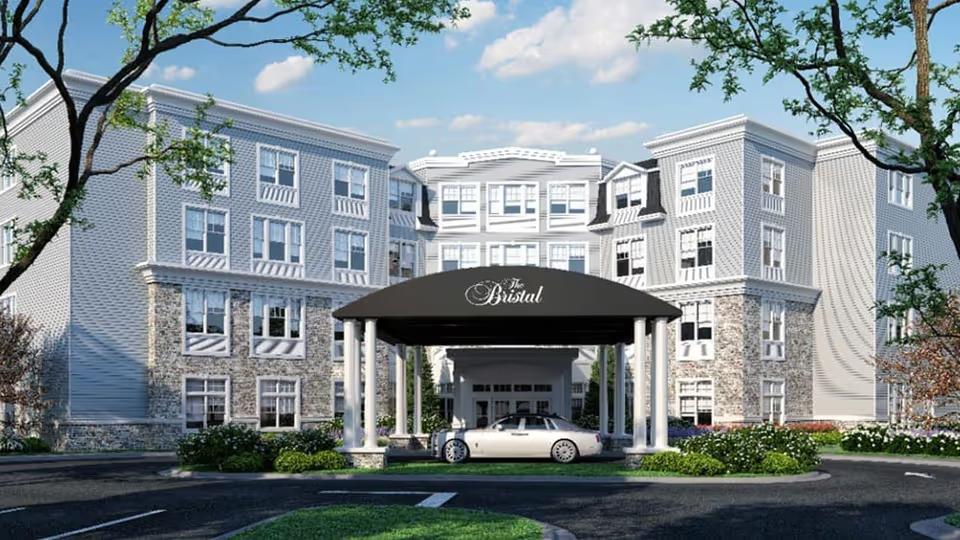Overall sentiment across the reviews is mixed but leans toward a positive impression of the physical campus and social offerings, coupled with significant concerns about consistency in care, staffing responsiveness, and management communication. Many reviewers praise the Philadelphia Protestant Home for its cleanliness, attractive, hotel-like facilities, and an unusually broad set of on-site amenities — bowling alley, pool, fitness center, salon, gardens, greenhouse, fish pond, and even retail-style offerings. These features, together with well-kept common areas (libraries, sunrooms, recreational rooms) and visible security measures, create a strong first impression for tours and visitors. Several reviewers describe friendly, long-tenured staff and an engaging, family-like community with active programs and many opportunities for socialization — factors that make the environment comfortable and safe for independent, active residents.
However, a recurrent theme is inconsistency between the campus presentation and the delivery of day-to-day care. Multiple reviewers report long waits for assistance, unmanned nurse stations, ignored call lights, and instances where basic needs (towels, toilet paper, hygiene) were not promptly met. There are concerning anecdotes of resident neglect — reports of residents appearing unclean, a wheelchair with dried vomit, or family members feeling staff were apathetic — which contrast sharply with other accounts praising attentive aides and clinical responsiveness. These conflicting impressions suggest variability by unit, shift, or patient acuity; independent and active residents tend to have much better experiences than those requiring more hands-on, frequent care.
Dining and activity offerings also receive mixed reviews. Several families compliment the dining halls, three-meal service with snacks, and special programs like wine tastings; others describe bland or overcooked meals and complaints about meals being charged separately. Activities are often cited as a strength — robust programming, exercise classes, crafts, and an active social calendar — yet some reviewers report limited or one-off events and say entertainment or memory-care programming can be lacking. This points again to irregularity in programming depth and frequency depending on the resident population or specific neighborhood within the facility.
Management and administrative issues emerge as another major thread. Reviewers point to rate increases (one noted a 7% rise for independent residents), concerns about affordability and long-term financial exposure, and dissatisfaction with transparency when services change — for example, medical services being transferred to an outside physician practice without resident choice. Communication and follow-through from administration are described as inconsistent: tours are frequently praised for being informative and uplifting, but subsequent interactions and problem resolution can be slow or evasive according to several accounts. A few reviews also mention limited memory care or respite options and lockdown-related visitation limitations since 2019, which prospective residents relying on those services should verify.
Room size, layout, and sanitation features are mixed topics. Many reviewers praise cleanliness and describe comfortable, accessible suites with private bathrooms; others report extremely small rooms, lack of in-room showers or private bathrooms in certain units, and occasional institutional odors. This variability affects perceived suitability for higher-acuity residents. Safety and staffing levels are related concerns: while security is often commended (cameras, guards, staffed nursing stations on every floor in some reports), other accounts cite insufficient staff during some shifts, longer response times, and at least one safety incident with a poor outcome. These contradictions indicate that while the facility has structural strengths intended to support safety, operational staffing gaps can undermine them intermittently.
In conclusion, the Philadelphia Protestant Home presents a compelling option for seniors seeking an active campus with extensive amenities, attractive common spaces, and a lively social environment. It is well-suited for independent or low-dependency residents who can take advantage of the programs and facilities. However, families of higher-acuity residents or those with memory-care needs should proceed with caution: the reviews show notable variability in day-to-day caregiving, response times, and administrative transparency. Prospective residents and families should (1) verify staffing levels and nurse-station coverage during different shifts, (2) confirm the availability and terms of medical services and whether outside-provider transitions affect their care, (3) ask about room sizes and private-bathroom availability for specific units, (4) request references from current families, and (5) get written clarity on fees, rate increase policies, and services that incur extra charges. These steps will help reconcile the facility’s strong physical and social offerings with the mixed reports on clinical care and management responsiveness.
